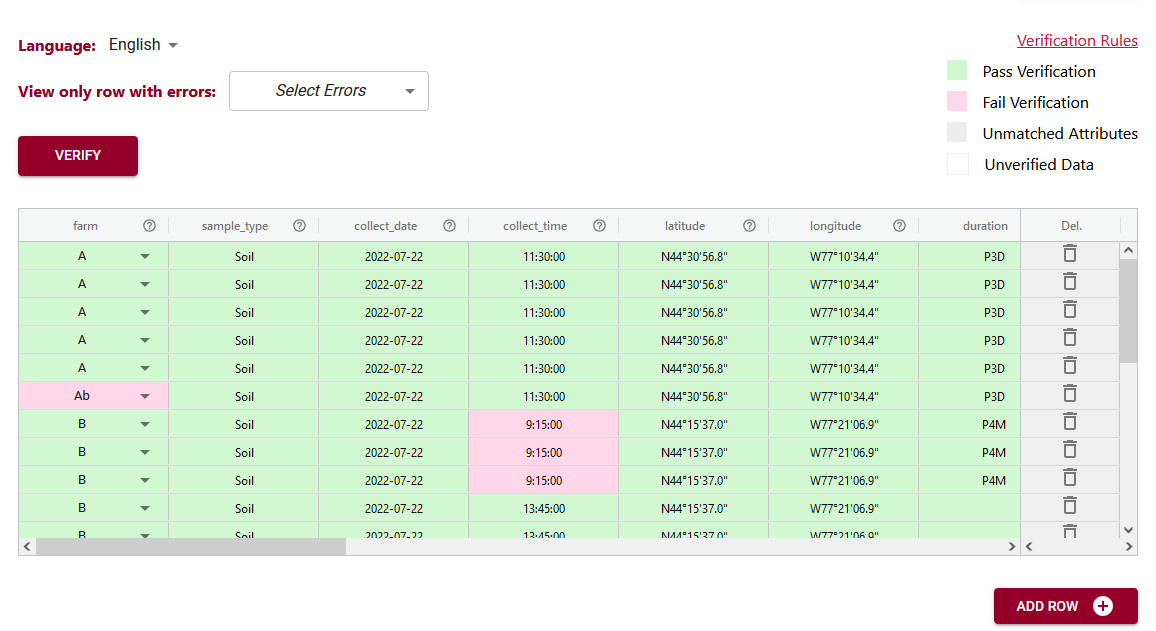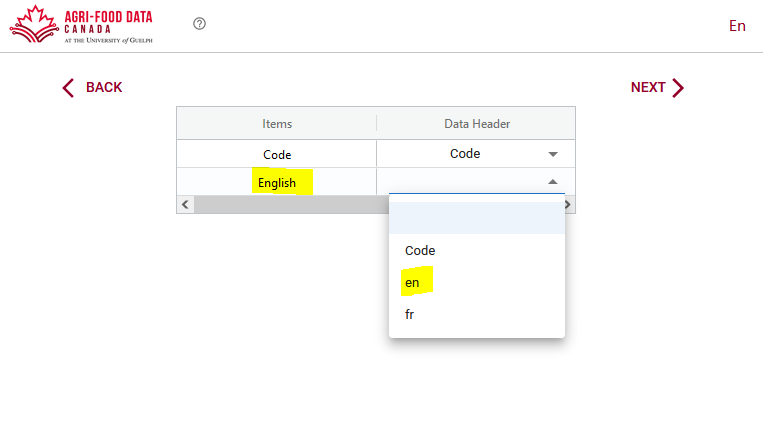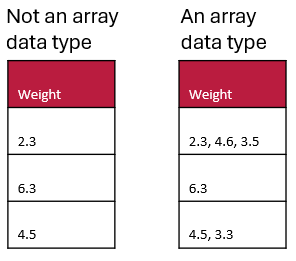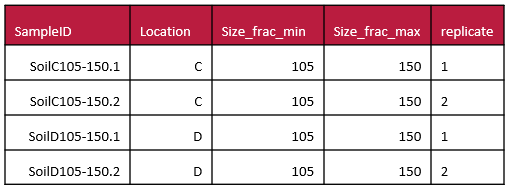Funding for Agri-food Data Canada is provided in part by the Canada First Research Excellence Fund
How to use ISO duration
How to Use ISO 8601 Duration Format The ISO 8601 duration format allows you to represent durations of time in a standardized way. For example, if your data records contain a mixture of duration (e.g. 3 days, 4 months, 1 year etc.) you can represent all of these values using the ISO standard duration. Read…
ViewFeature release! Data Verification
There is a new feature just released in the Semantic Engine! Now, after you have written your schema you can use this schema to enter and verify data using your web browser. Find the link to the new tool in the Quick Link lists, after you have uploaded a schema. Watch our video tutorial on…
ViewSchemas for Publications
When submitting a publication to a journal you are often asked to submit data, publish it in a repository, or otherwise make it available. The journals may ask that your data supports FAIR principles (that data is Findable, Accessible, Interoperable and Reusable). You may be asked to submit supplementary data to a generalist or specialist…
ViewADC’s Re-usable Data Explorer App
Let’s take a little jaunt back to my FAIR posts. Remember that first one? R is for Reusable? Now, it’s one thing to talk about data re-usability, but it’s an entirely different thing to put this into action. Well, here at Agri-food Data Canada or ADC we like to put things into action, or think…
ViewUnderstanding a schema text file
When you create a schema using the Semantic Engine you are documenting information that can make your dataset more FAIR, helping others use and understand your data. The schema created using the Semantic Engine is understood by machines and is written in JSON. At first glance, it is not so easy for people to read…
ViewExample video for writing a schema
At the Semantic Engine we have created a new video example where we walk through the process of describing a dataset with a schema. We are using a dataset with milking data that has been downloaded from the research dairy barn. You can watch the video on YouTube or follow along in the schema writing…
ViewImport entry codes from a schema
The Semantic Engine has a new upgrade for importing existing entry codes! If you don’t know what entry codes are, you can check out our blog post about how to use entry codes. We also walk through an example of entry codes in our video tutorial. While you can type your entry codes and labels…
ViewArray Datatypes for attributes
In Overlays Capture Architecture (OCA), when using the Semantic Engine you must assign data types to all of your attributes (aka variables). When do you use the array datatype? You use an array data type when a data record for that attribute would hold multiple values of a specific data type, arranged in a list-like…
ViewCultivating a Backup Culture: Safeguarding Research Data
In the world of academic research, data is the cornerstone of discovery and innovation. Graduate students and faculty members invest countless hours into gathering, analyzing, and interpreting data, making its protection crucial. Despite this, the importance of data backups often gets overlooked until disaster strikes. By cultivating a backup culture within research teams, we can…
ViewPreparing data for a schema
Is your data ready to describe using a schema? How can you ensure the fewest hiccups when writing your schema (such as with the Semantic Engine)? What kind of data should you document in your schema and what kinds of data can be left out? Document data in chunks When you prepare to describe your…
View










